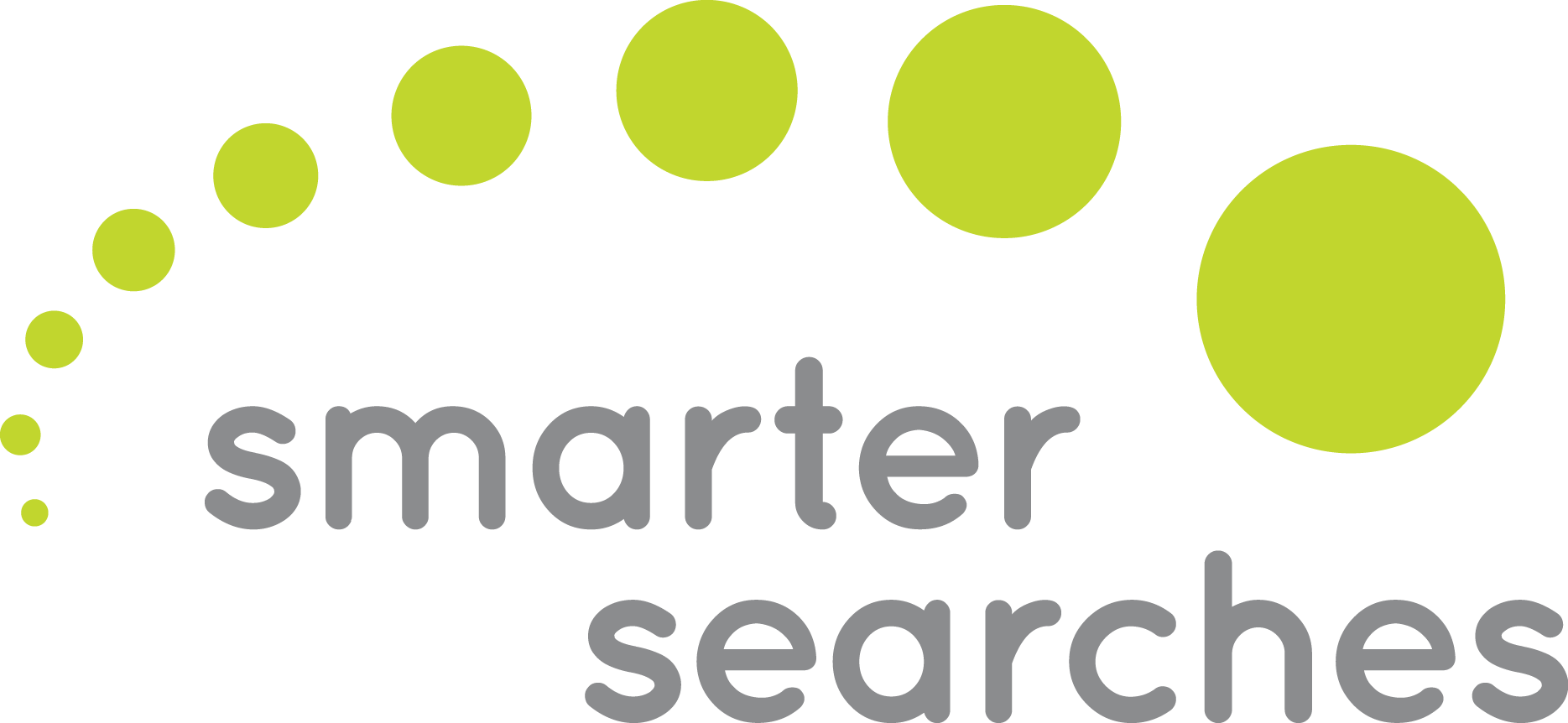A few weeks ago, I wrote a blog detailing the ins and outs of organic social media and what it all means. Now, we’re going to take a look at paid social media. Paid social media is just that, social media that you pay for. Last time, we talked about how organic social media is content that lives on your page. Paid social media is not. You’ll see an ad while scrolling through your newsfeed, but you can’t go to that company’s page and find the same post.
As always, we’ll start with Facebook. Facebook ads are created through an Ad Account that lives within a Business Manager account; that’s basically the platform where you create and control the ads. It’s still Facebook, but you won’t find it on your organic page. The goals for Facebook ads can differ depending on what you or your client is looking for: conversions, contact form submissions, or simply opening the door for more views (along with quite a few more). Let’s take a look at the most common metrics you’ll see when looking at Facebook ads reports.
Link Clicks – The number of clicks on links within the ad that lead to a specific destination, on or off Facebook.
Reach – This is the same as organic social media, and it is the number of people who saw your ad.
Impressions – Again, this is the same as organic, and it’s the number of times your ad was seen, meaning that the same person has viewed your ad multiple times.
Cost Per Click (CPC) – This is the average cost for each click. So if your budget is $100 and you have 100 clicks, your CPC will be $1.00.
Click-Through Rate (CTR) – This is the percentage of times people saw your ad and clicked on it. CTR is your link clicks divided by your impressions.
Frequency – This is the average number of times each person saw your ad. If you multiply your reach by your frequency, you will get your total impressions.
Amount Spent – This is just what it sounds like – the total amount you spent on a particular campaign.
Conversions – This will vary depending on what consideration you chose, but it will always be the total number of results that you receive (website purchases, landing page views, contact form submissions, etc.).
Cost per Conversion – The average cost per result for your ads. If you spent $100 and saw 10 conversions, your cost per conversion is $10.
As we discussed last time, Facebook owns Instagram. When looking on the organic side, there were some differences between Facebook and Instagram; on the paid side there are none. Instagram ads are run through the same platform as Facebook; if you want to run an Instagram-only campaign, you will simply uncheck Facebook placements. If you can run a Facebook campaign, you can run an Instagram campaign.
Pinterest ads can be great but they must play to the right audience in order for them to be successful. Pinterest ads should always lead to an eCommerce site that people can purchase from. It must be an extremely mobile-friendly website and it must be easy to use. Pinterest is used for planning trips, finding recipes, and looking for inspiration, among other things. Your product or service should play to one of Pinterest’s main goals in order to be successful.
While Pinterest is used very differently than Facebook and Instagram, there are some similarities in the reporting – link clicks, impressions, CPC, CTR, conversions, and more. Let’s look at the differences:
Add to Cart – Exactly what it sounds like. This happens when someone actually clicks “Add to Cart” from your ad.
Saves – On Pinterest, this is a big one. Saves happen when someone decides to ‘save’ your post for later. It can be a recipe that they want to try in the future or something they may want to purchase, just not quite yet. If you’re seeing a lot of saves, but not a lot of conversions, your time will (probably) come soon.
Let’s turn to the most professional platform, LinkedIn. LinkedIn is generally more expensive than Facebook, Instagram, and Pinterest, but it is great for B2B and other professional industries. Much like Facebook, and others, LinkedIn tracks link clicks, impressions, CPC, CTR, and total amount spent. You can see total video views, which you can also see on Facebook. There aren’t any major differences, in fact, there are only a few key metrics to report on when running LinkedIn ads.
As with the organic metrics we touched on in our last blog, these pieces are what we report on each month to our clients. Knowing what these metrics mean can help our clients, and anyone reading this, to understand what they’re really looking at. Paid social platforms change constantly, especially Facebook, but the metrics stay the same. If you understand these pieces, leave the daily platform changes to me, and let us know if we can help you use paid social ads to grow your business.



